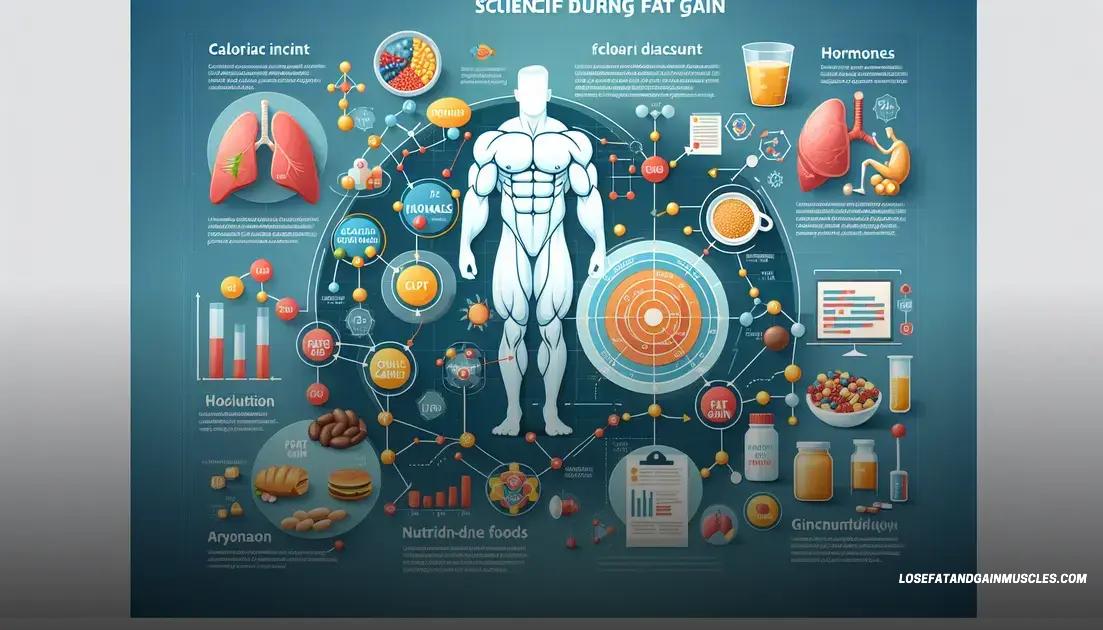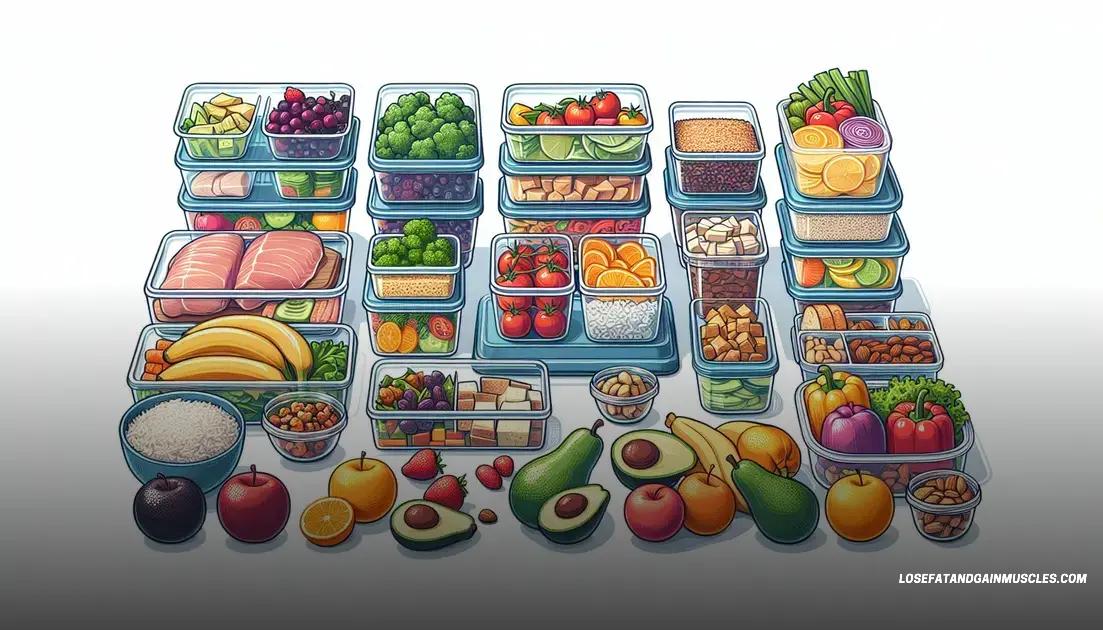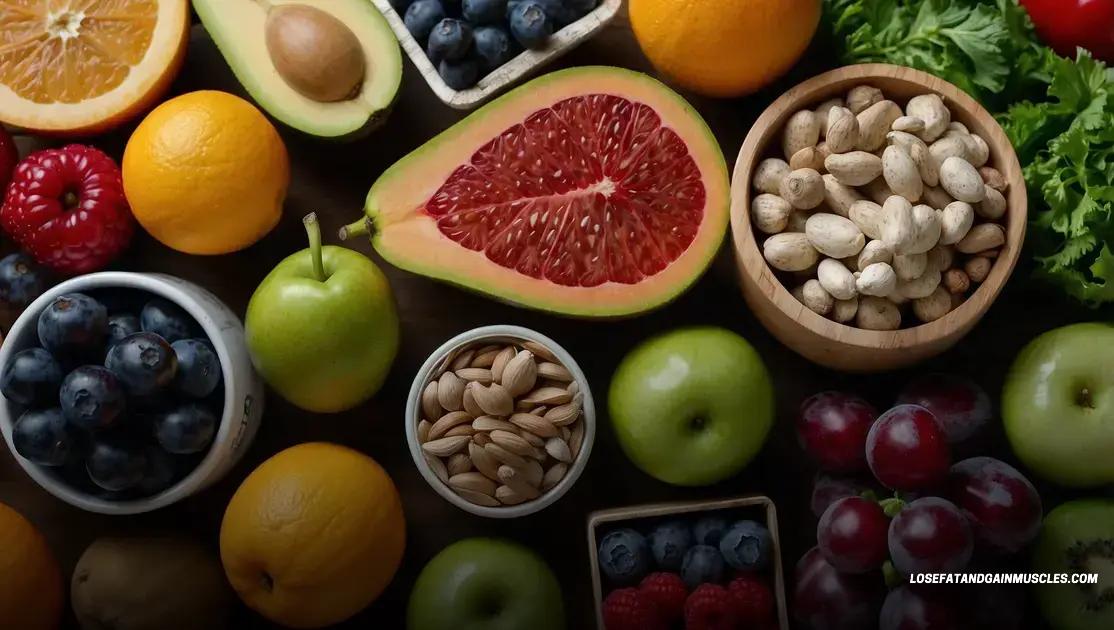Will I Get Belly Fat If I Bulk? Discover the Truth Now!
Bulking can lead to belly fat if not managed properly, but by focusing on a controlled caloric surplus, nutrient-dense foods, and effective exercise strategies, you can maximize muscle gain while minimizing fat accumulation.
Are you asking, Will I get belly fat if I bulk? This common question arises among fitness enthusiasts and those seeking to build muscle. Bulking is a strategy aimed at increasing muscle mass but may also lead to unwanted weight gain, including fat accumulation around the belly. In this article, we’ll discuss how bulking works, the science behind fat gain during this process, and strategies to minimize belly fat while effectively achieving your muscle-building goals.
Understanding Bulking and Its Effects
Bulking is a diet and training strategy aimed at increasing muscle mass. The goal is to consume more calories than your body burns, creating a caloric surplus. This approach helps many athletes and bodybuilding enthusiasts grow their muscle size and strength.
How Bulking Works
When you bulk, your body uses the extra calories to build new muscle fibers. However, without monitoring your diet closely, you may also gain fat, especially around the belly. This happens because excess calories from any source can lead to fat storage if not utilized.
The Role of Protein
Protein intake is crucial during a bulking phase. Consuming enough protein supports muscle repair and growth. Aim for a daily intake of about 1.6 to 2.2 grams of protein per kilogram of body weight. This helps ensure most of your weight gain comes from muscle rather than fat.
Choosing Healthy Foods
While bulking, focusing on nutrient-dense foods is essential. Choose whole grains, lean meats, dairy, fruits, and vegetables. These foods provide the necessary vitamins and minerals to support your overall health and workout performance.
Monitoring Progress
Keeping track of your weight and body composition helps you make necessary adjustments. Regularly check your body measurements and take photos to monitor changes. If you notice excessive fat gain, consider reducing your caloric surplus or increasing your exercise intensity.
Balancing Cardio and Strength Training
Combining strength training with some cardiovascular workouts can help manage fat gain during a bulking phase. Cardio helps burn additional calories and can improve heart health. Be mindful not to overdo it; you want to maintain enough energy for weightlifting sessions that foster muscle growth.
The Science of Fat Gain During Bulking

Understanding the science behind fat gain during bulking is crucial for anyone looking to maximize muscle growth while minimizing fat. When you consume more calories than your body needs, the excess energy can lead to fat storage.
Caloric Surplus Explained
A caloric surplus means you eat more calories than your body uses for energy. This surplus is necessary for muscle growth, but it can also result in fat gain if not managed properly. The body decides how to use these extra calories based on various factors, including activity level, metabolism, and hormonal responses.
Hormonal Influence
Hormones play a vital role in how your body stores fat. Insulin, for instance, helps transport glucose into cells for energy. However, high insulin levels can also promote fat storage. During bulking, if insulin levels spike frequently due to high carbohydrate intake, you may find more fat accumulating around your belly.
Genetic Factors
Genetics can impact where your body stores fat. Some individuals may naturally gain fat in their midsection more than others. Knowing your genetic predisposition can help you tailor your bulking strategy to fit your specific body type, balancing muscle gain without excessive fat.
Quality of Calories
Not all calories are created equal. Foods high in refined sugars and unhealthy fats can lead to a quicker accumulation of fat. Instead, focus on whole foods that provide essential nutrients, promoting lean muscle growth while limiting fat storage.
Metabolic Rate Considerations
Your basal metabolic rate (BMR) determines how many calories your body burns at rest. If your BMR is low, you may need a smaller caloric surplus to avoid significant fat gain. Tracking your metabolic rate can help you adjust your caloric intake as needed, optimizing your bulking phase.
Tips to Minimize Belly Fat While Bulking
If you want to minimize belly fat while bulking, there are several effective strategies to consider. Here are some practical tips to help you stay on track with your goals.
1. Control Your Caloric Surplus
It’s important to have a controlled caloric surplus. Aim for an increase of 250 to 500 calories above your maintenance level. This will help promote muscle growth without unnecessary fat gain.
2. Focus on Quality Nutrition
Prioritize whole, nutrient-dense foods. Choose lean proteins, whole grains, fruits, and vegetables. Avoid empty calories from sugary snacks and fast food that can lead to excessive fat gain.
3. Keep Track of Your Macros
Monitoring macronutrients is crucial. Ensure you get enough protein to support muscle repair, healthy fats for hormone production, and carbohydrates for energy. An effective ratio can be 40% carbs, 30% protein, and 30% fats.
4. Incorporate Regular Cardio
Incorporating cardiovascular exercise can help burn additional calories and improve heart health. Aim for 2-3 sessions per week of moderate-intensity cardio to minimize fat gain.
5. Stay Hydrated
Drinking enough water plays a significant role in your overall health. Proper hydration can help regulate appetite and improve workout performance. Aim for at least 8 cups of water per day.
6. Get Sufficient Sleep
Quality sleep is vital for recovery and hormonal balance. Aim for 7 to 9 hours of sleep each night. Poor sleep patterns can contribute to weight gain and increased belly fat.
7. Monitor Your Progress
Regularly check your body weight and measurements to track your progress. Adjust your caloric intake and workouts based on the results to stay aligned with your goals.
Diet Choices That Influence Bulking Results

Your diet choices play a key role in the success of your bulking phase. Here are some important factors to consider when planning your meals.
1. Choose High-Quality Proteins
Protein is essential for muscle growth. Include high-quality protein sources like chicken, turkey, fish, eggs, beans, and legumes in your diet. Aim for at least 1.6 to 2.2 grams of protein per kilogram of body weight for optimal results.
2. Include Healthy Fats
Healthy fats are vital for hormone production and overall health. Incorporate sources like avocados, nuts, seeds, olive oil, and fatty fish. Aim to get about 20-30% of your daily caloric intake from fats.
3. Focus on Complex Carbohydrates
Carbohydrates provide the energy you need for intense workouts. Opt for complex carbs like whole grains, oats, quinoa, and sweet potatoes. These foods help fuel your workouts and replenish glycogen stores.
4. Portion Control
Even with a caloric surplus, portion control is important. Be mindful of how much you are eating. Overeating even healthy foods can lead to fat gain. Use measuring cups or a food scale to help maintain appropriate portion sizes.
5. Timing Your Nutrients
The timing of your meals can also influence results. Aim to consume a balanced meal or snack containing protein and carbohydrates within 30 minutes of your workout. This helps promote muscle recovery and growth.
6. Stay Consistent with Meal Planning
Consistency in your meal choices is key. Planning your meals ahead of time reduces the chances of making poor food choices when you’re hungry. Prepare meals in advance to ensure you are meeting your nutritional goals.
7. Limit Processed Foods
Avoid or limit processed foods and sugary snacks. These often lead to excess fat gain without providing essential nutrients. Focus on whole, unprocessed foods to support muscle growth and overall health.
Exercise Strategies for Effective Bulking
Effective bulking requires not just a solid diet but also the right exercise strategies. Here are some key approaches to maximize muscle gain while keeping fat gain in check.
1. Focus on Compound Exercises
Compound exercises, such as squats, deadlifts, bench presses, and rows, engage multiple muscle groups at once. These movements stimulate more muscle fibers and are effective for building mass. Aim to include these exercises in your routine at least 2-3 times per week.
2. Implement Progressive Overload
Progressive overload means continually challenging your muscles by increasing the weight, changing the number of reps, or adjusting the intensity of your workouts. This ensures consistent muscle growth and helps prevent plateaus.
3. Vary Your Workout Routine
Changing your workout routine every 4-6 weeks can keep your muscles stimulated. Try rotating exercises, changing sets and reps, or even altering the order of your workouts to avoid adaptation.
4. Allow for Adequate Recovery
Rest is essential for muscle growth. Schedule at least one to two rest days per week to enable your muscles to recover and rebuild. Make sure to get sufficient sleep each night to support recovery.
5. Use a Balanced Rep Range
For effective bulking, incorporate a variety of rep ranges into your training. Aim for 6-12 reps for hypertrophy (muscle growth) along with lower reps (1-5) for strength in your routine. This combination can help maximize your results.
6. Incorporate Isolation Exercises
While compound exercises are crucial, isolation exercises can help target specific muscle groups. Include movements like bicep curls, tricep extensions, and lateral raises to ensure balanced muscle development.
7. Stay Consistent
Consistency is key in any bulking program. Stick to your workout schedule and nutrition plan as much as possible. Tracking your progress can help keep you motivated and accountable.
Final Thoughts on Bulking Without Belly Fat
Bulking is a powerful strategy for muscle gain, but it requires a balanced approach to avoid unwanted fat accumulation, especially around the belly. By understanding the effects of bulking, applying the right exercise strategies, and making informed dietary choices, you can maximize your muscle growth while minimizing fat gain.
Remember to focus on compound exercises, maintain a controlled caloric surplus, and prioritize nutrient-dense foods. Don’t forget the importance of recovery, consistency, and adapting your workouts to keep progressing.
With the right mindset and strategies in place, you can achieve your bulking goals effectively and healthily. Enjoy the journey of transforming your physique!
FAQ – Frequently Asked Questions about Bulking and Belly Fat
Will I gain belly fat if I bulk?
It’s possible to gain some belly fat while bulking, but with proper diet and exercise strategies, you can minimize fat gain.
What are the best exercises for bulking?
Focus on compound exercises like squats, deadlifts, and bench presses, as they engage multiple muscle groups and promote overall strength.
How can I control my caloric surplus while bulking?
Aim for a caloric surplus of 250 to 500 calories above your maintenance level to encourage muscle growth without excessive fat gain.
What should my macro ratios be for bulking?
A good starting point is 40% carbohydrates, 30% protein, and 30% fats to support muscle growth and energy needs.
How important is protein intake during bulking?
Protein is crucial for muscle repair and growth. Aim for 1.6 to 2.2 grams of protein per kilogram of body weight daily.
Is cardio necessary while bulking?
Incorporating cardio can help manage fat gain and improve cardiovascular health, but focus primarily on strength training for muscle development.













